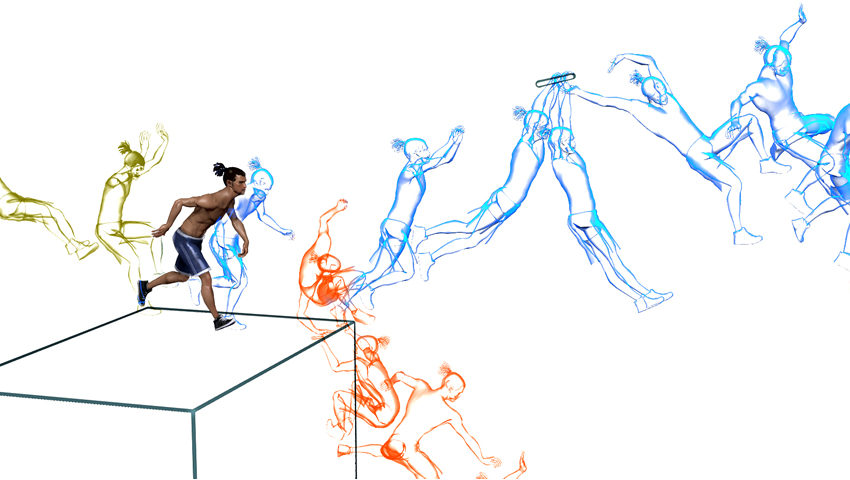Image credit: Geometric and Discrete Path Planning for Interactive Virtual Worlds © 2016 Marcelo Kallmann, University of California, Merced; Mubbasir Kapadia, Rutgers University
SIGGRAPH 2016 attendees can expect to discover the computer graphics and interactive techniques technologies of tomorrow as world-class thought leaders unveil their latest discoveries and insider knowledge, especially through the Courses program. As a hallmark learning experience within the industry, SIGGRAPH Courses teach attendees “how to do something” or “how to do something faster, better, smarter, or easier.” Attendees of Courses enjoy expert-led, hands-on experiences that range in topics from an “introduction to the foundations of computer graphics” to “advanced instruction on the current and future technologies.“
For 2016, the Courses program offers three sessions that fall within the Games Focus and are led by game development experts. Download the Advance Program to check out these and other sessions or click here to view Courses online. A few additional highlights from this program include:
Advances in Real-Time Rendering, Parts 1 and 2 [Intermediate]
Instructor: Natalya Tatarchuk, Bungie, Inc.
Part 1
Modern video games employ a variety of sophisticated algorithms to produce ground-breaking 3D rendering that pushes the visual boundaries and interactive experience of rich environments. This course presents state-of-the-art and production-proven rendering techniques for fast, interactive rendering of complex and engaging virtual worlds.
Part 2
Phase Two of a course on state-of-the-art and production-proven rendering techniques for fast, interactive rendering of complex and engaging worlds.
Fundamentals Seminar [Beginner]
Instructor: Mike Bailey, Oregon State University
The essential introduction to computer graphics and the annual SIGGRAPH conference: planning your conference schedule, the graphics process, graphics hardware, modeling, rendering, animation, and how the technology is applied in the real world. The goal of the Fundamentals Seminar is to make SIGGRAPH more understandable and enjoyable, for everyone.
Physically Based Sound for Computer Animation and Virtual Environments [Advanced]
Instructors: Doug James, Stanford University, Cornell University, Pixar Animation Studios; Changxi Zheng, Columbia University; Timothy Langlois, Cornell University; and, Ravish Mehra, Oculus Research
The main goal of this course is to make the principles and methods of physically based sound accessible to a broader computer-graphics audience. The course covers sound-source models for sonifying important phenomena from physics-based animation: rigid bodies, brittle fracture, thin-shells, cloth, deformable collisions and contact, fluids, and fire. Material related to rigid-body sound is covered in greater detail in the first half of the course, which addresses fundamental topics such as modeling modal vibrations and sound radiation from surfaces. Further readings are suggested throughout the course notes. Several recent SIGGRAPH papers also serve as supplemental notes for more advanced topics.
With supporting software and implementation short-cuts, attendees can start using physically based sound immediately after completing the course.



